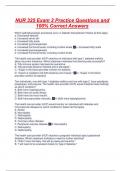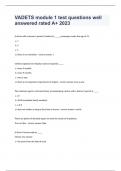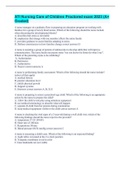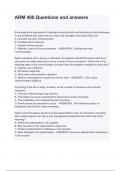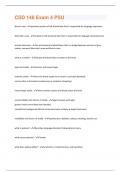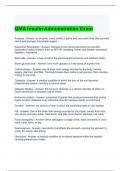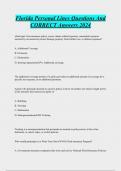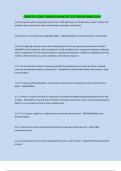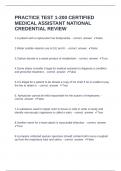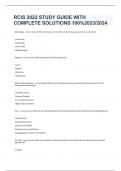Exam (elaborations)
NUR 325 Exam 2 Practice Questions and 100% Correct Answers
- Course
- Institution
Which pathophysiologic processes occur in diabetic ketoacidosis? Select all that apply. a. Decreased lipolysis b. Increased serum pH c. Increased fatty acids d. Increased glyconeogenesis e. Increased hormonal levels, including cortisol levels c. Increased fatty acids d. Increased glyconeogenesis e....
[Show more]
